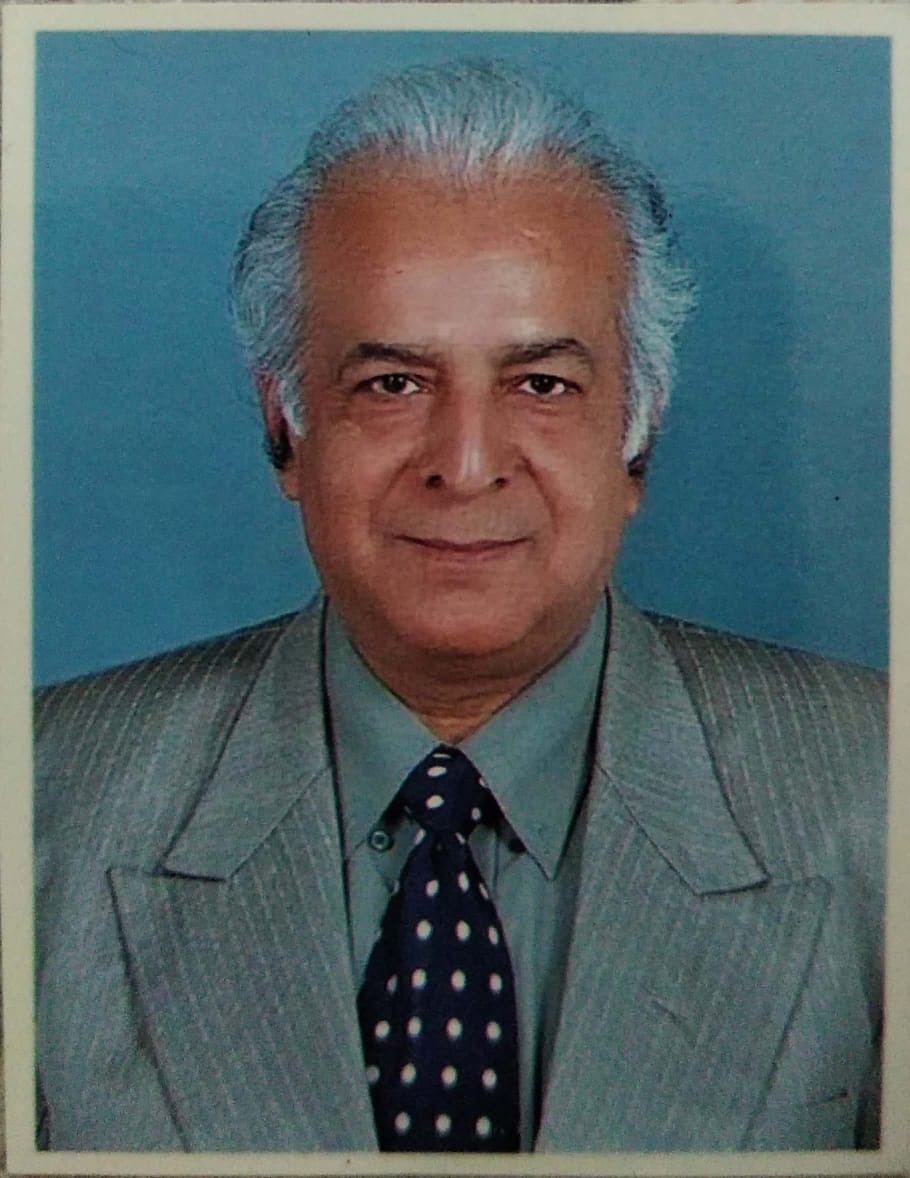| Biography | |
|---|---|
 Prof. Kamal Nain Chopra Former Scientist G, Laser Science and Technology Centre (LASTEC), DRDO, India |
|
| Title: UNCONVENTIONAL LASERS | |
| Abstract: A lot of literature, especially books on the conventional lasers like Solid state lasers, Gas lasers, and Semiconductor lasers is available. However, not many efforts seem to have been made on writing books on unconventional lasers. This Keynote Address is a small but sincere effort of the author to make available very useful information on this topic, especially from the research point of view. In addition, the technical analysis of the theoretical aspects of these lasers along with the modeling and designing considerations for maximizing the efficiency of these lasers has been presented in this Keynote Address. Apart from discussing the theoretical modeling and designing of these lasers some related experimental results available in the literature have been presented to make the presentation clear and meaningful. Nearly all types of unconventional lasers including X-ray FELs (XFELs), GaSb-based Type-I Diode Lasers Photonic crystal based lasers, Phase Conjugated Lasers, Quantum Cascad Lasers, and Diode pumped Fiber Lasers, have been covered. All these types of lasers are having many useful applications in various fields like Industry, surgery, biology, and novel imaging techniques, apart from their usage in practical research applications in most of the scientific and engineering topics. In the field of medicine, these lasers are applied on several areas, including dermatology, in which they are used to skin tone more even. Vascular skin lesions are known to contain oxygenated hemoglobin, which has the characteristic of strongly absorbing the visible light at 418nm, 542nm and 577 nm, and the pigmented skin lesions contain melanin, which has a wide range of absorption in the visible and IR wavelength regions. The Phase Conjugated Lasers are very useful for certain applications like – nullifying the optical distortion and also achieving some novel characteristics of the lasers. The Fiber laser along with the Raman converter module is capable of the efficient spectral conversion of its unique combined ultra-short radiation pulses into longer-wavelength spectral domain of 1150 to 1550 nm. Tourmaline Ytterbius-1100 has many applications like - time-resolved spectroscopy, Raman spectroscopy, micro- and nano-photonics, supercontinuum generation, fluorescence-lifetime imaging microscopy, and optical DNA sensing technology. The Unconventional Lasers based on Photonic crystals are very useful for certain applications like – data storage, biomedical applications, and display technologies. GaSb-based Type-I Diode Lasers Operating in the Optical Spectral Region are very useful for a variety of applications including trace gas sensing, free-space optical communications, and infrared countermeasures. The field of Quantum Cascaded Lasers (QCLs) has recently grown fast due to the fact that these lasers are having great advantages over the other semiconductor lasers, and consequently have found newer applications. Higher Powers from Femtosecond Fiber Lasers have become very useful for a variety of applications including laser processing, medical bio-optics, and opto-electronics The studies on the Cr:Colquiriite lasers - Cr:LiSaF and Cr:LiCaF Lasers, have also drawn the attention of various researchers , because of their main advantage, that they can be pumped by diodes (GaInP / AlGaInP QW), and therefore, are quite compact and inexpensive. Ti:sapphire lasers are popular and important because of the fact that they (i) are tunable lasers, capable of emitting red and near-IR radiations in the spectral region 650nm to 1100 nm, and (ii) generate ultra short pulses. Because of these characteristics, they have become very handy for carrying out scientific research. As is well known, the Random lasers have also been drawing the attention of various researchers because of their unique theory, fabrication, and properties. It has now been well understood that this Novel laser produces random mid-infrared light, and because of the great advantage of its capability of removing speckling, has important applications in the systems requiring high image quality e.g. airport security. Raman Lasers, Spin lasers, and ultrafast mid – IR lasers are also useful in research and other upcoming fields. The amazingly high intensities of X-ray free-electron lasers - 108–1010 times greater than the ordinary laboratory sources, have led to their great application in the very highly specialized areas of scientific research. | |
| Biography: Dr Kamal Nain Chopra has done B.Sc. (University of Delhi), M.Sc. (Physics - IIT, Delhi), M.Tech. (Opto-Electronics - IIT, Delhi), and Ph.D. (Applied Physics - IIT, Delhi). He has served DRDO for a period of 33 years and superannuated as Scientist G, from Laser Science and Technology Centre (LASTEC), Delhi, in the year 2005. Subsequently, he has also served as Professor (Physics) in NSIT, University of Delhi, and as Project Scientist in IIT, Delhi, in various Projects, on Topics including Photonics and Spintronics. He has about 375 publications including 285 in International journals (UK, USA, France, Germany, Italy, Netherland, and China) on various topics including Thin Films Optics, Lasers and Laser Components, Holography, and Modern Optics; 12 invited talks; 14 Technical reports; and 24 papers in Conference Proceedings. Dr Kamal Nain Chopra has co-authored a Monograph titled , “Thin Films and their Applications in Military and Civil Sectors”, DESIDOC, DRDO, Ministry of Defence, INDIA, 2010. He has authored a Monograph titled, “Unconventional Lasers: Design and Technical Analysis”, DESIDOC, DRDO, Ministry of Defence, INDIA, 2017. He has also authored a Monograph titled, " Spintronics-Theoretical Analysis and Designing of Devices based on GiantMagnetoresistance ",DESIDOC, DRDO, Ministry of Defence, INDIA, 2018. Besides, he has authored a Book titled, “Conventional and Unconventional Sources of Renewable Energy : Renewable Energy Sources ”, Lambert Academic Publishing, LAP, GERMANY, 2017. He has undertaken visits to foreign universities and industries including (i) School of Thin Film Coatings, Department of Physics, St. Jerome University, Marseille, FRANCE [5 months (1984-85)]; (ii) Department of Physics, Innsbruck University, Innsbruck, AUSTRIA , including 5 days in M/s. Balzers, Liechtenstein, SWITZERLAND [10 days (1995)]; and (iii) M/s. Elettrorava, Torino, ITALY [15 days (2000)]. He has vast experience of serving the Recruitment and Assessment Boards of DRDO (RAC and CEPTAM), as Chairman as well as Expert Board Member. | |
